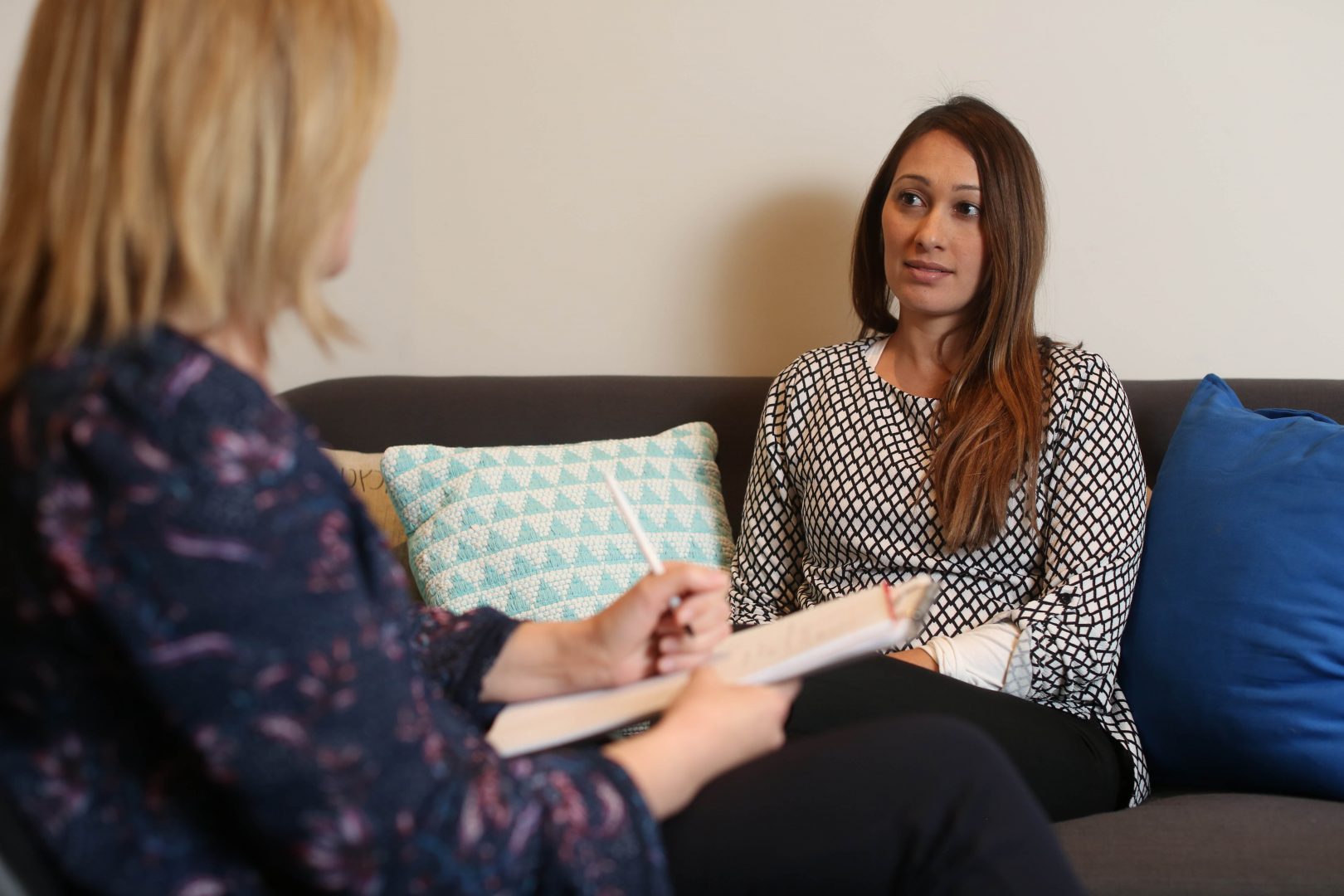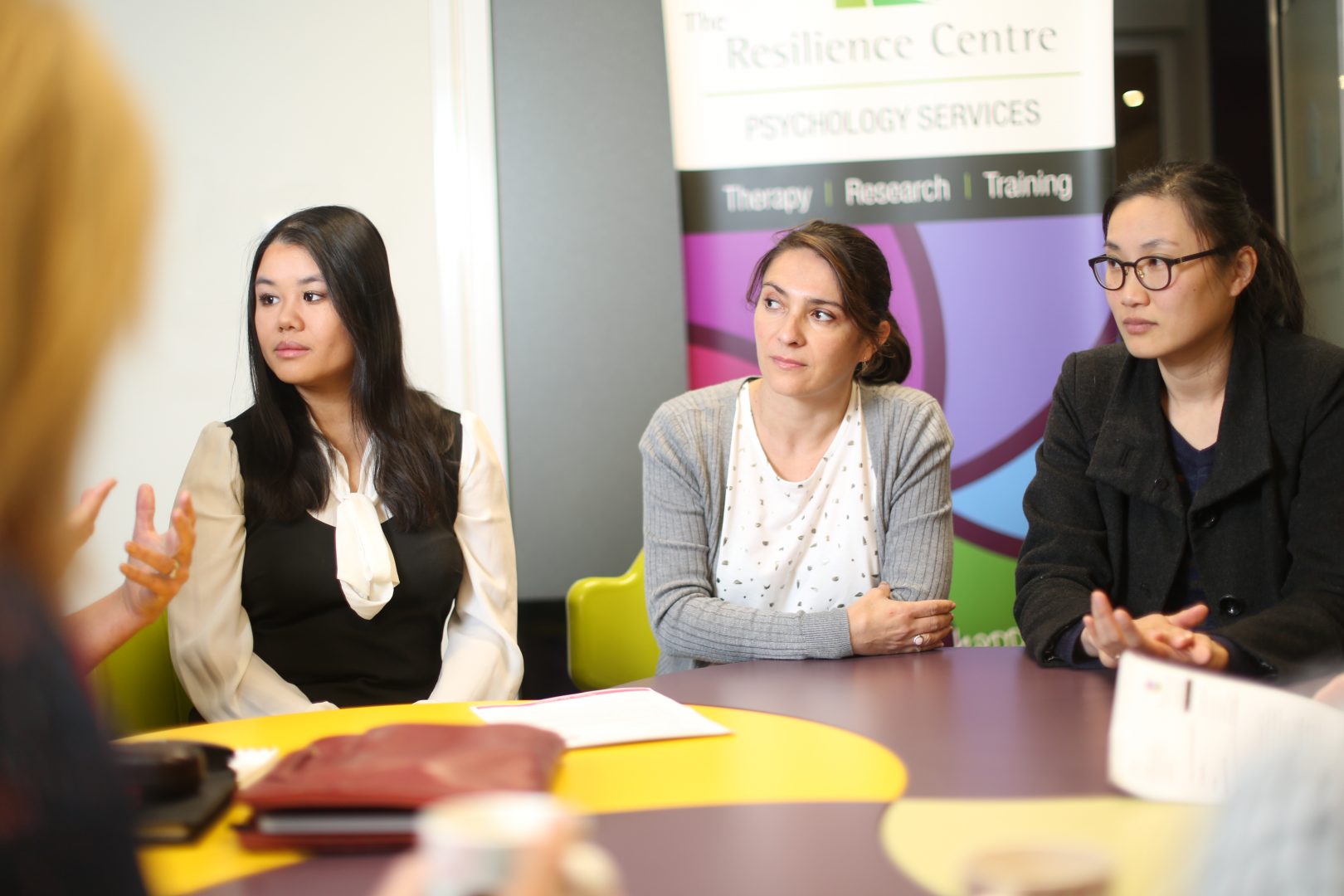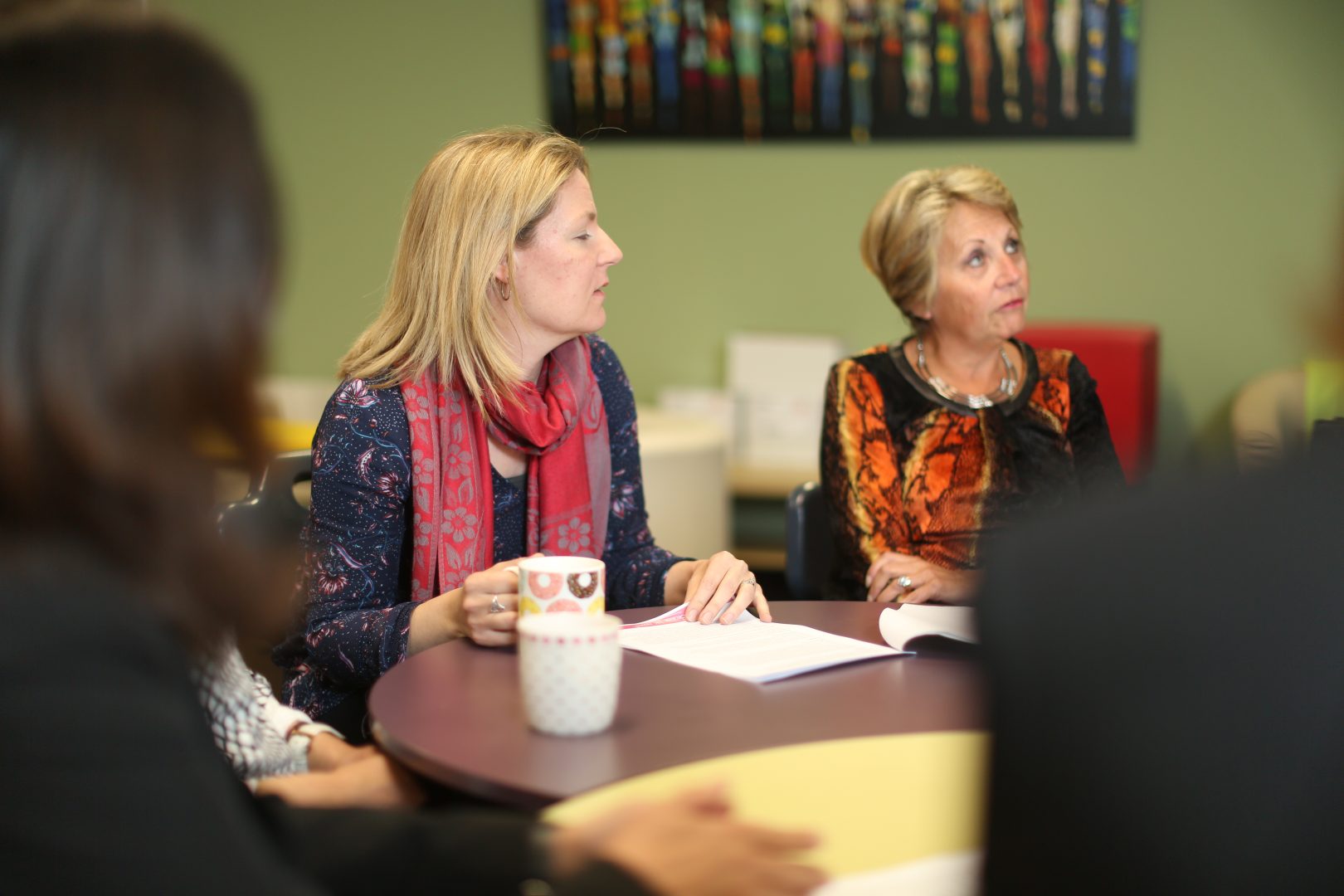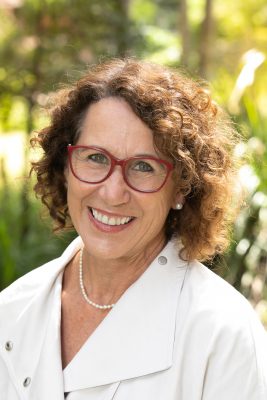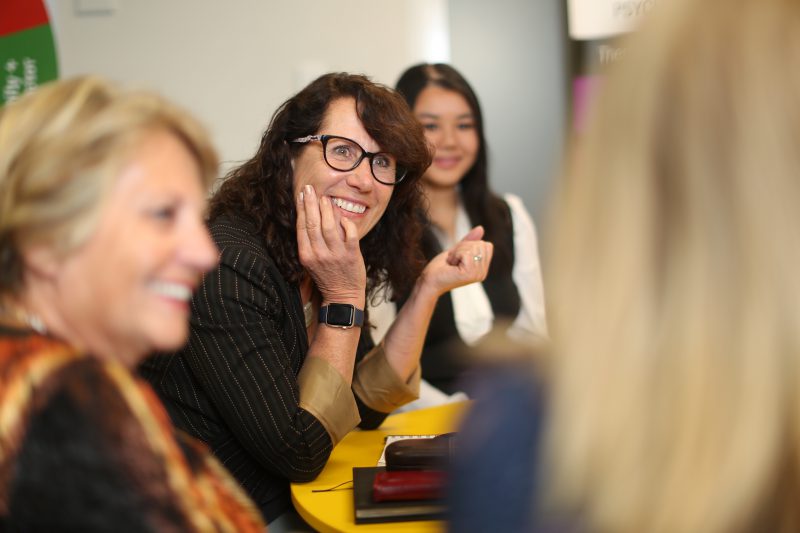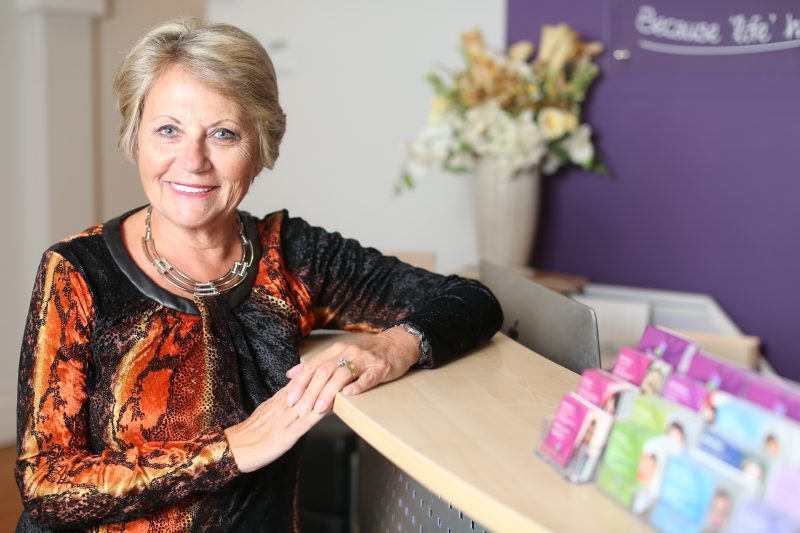 By Lyn Worsley, Clinical Psychologist
By Lyn Worsley, Clinical Psychologist
Over the past weeks I have been reflecting on how we develop our potential and what defines us as unique individuals.
The Self in psychology refers to the knowledge and sense of who we are as a unique person. It is how we feel comfortable with ourselves and the development of self is how we find our identity. In developing our sense of self, we experiment with copying others, modeling others behaviour, setting standards we want to achieve and discovering what we can do to reach our unique strengths and our unique ways of thinking. We do that with others and they reflect back to us what is good and not so good and we change to accommodate others and ourselves. It is an interactional thing. A relationship with others helps us to become who we are. But the psychological study of self is very interesting because there is a distinction made between who we want to be and who we really are. So those who set too higher standards or very low standards, on themselves can actually hinder their own development or their own potential.
I recently read a great article by Irem Gunay from the Turkish positive psychology association. In the article it discusses how positive psychology puts a great emphasis on encouraging people to realize their potential and be their best. Although this sounds nice and exciting, as one digs deeper it can become difficult to decipher what being your best self exactly means. Setting high goals? Being competent? Achieving outstanding performance? Meeting expectations? Being really good at the things that you do? In all of these cases, excellence is measured with some sort of a reference value, and there lies the danger.
Being our “best selves” does not have to be about setting very high standards for ourselves and criticizing ourselves each time we fall short of the kind of person we think we should be. Nor does it have to be about pretending to be more than who we are and feeling like a fake.
Being our “best selves” incorporates a process of self-discovery, a heightened awareness of the self that makes us realize that we are actually much more than what we normally think we are. But given the ambiguity surrounding the definition of the term, being our best selves can mean different things to different people, and some of these conceptions can be maladaptive
The difference between “the best self” and “the ideal self”, or the person we think we “ought” to be.
According to Tory Higgins, a professor at Columbia University, people have different personal standards or self-guides against which they evaluate themselves. The fundamental purpose of having self-guides is to control and direct one’s behavior. Self-guides are a catalyst for change. They have an important self-regulatory function. They motivate people’s actions, and thereby can help people to develop and expand their capabilities, skills, and capacities.
Although such self-regulatory behavior is typically aimed at self-improvement, we cannot measure up to our internal standards and often fail to attain goals. Therefore the discrepancy between who we think we actually are and our personally relevant self-guides can have important consequences for our emotional well-being. The more we are self-focused, the greater the emotional impact is expected to be.
People often evaluate themselves against an internal “ideal” and “ought” standards. The outcome of these comparisons is what then motivates us to do things.
From the standpoint of the self, the ideal self is a representation of the attributes that we would ideally like to possess. It refers to our wishes, hopes, and aspirations. For instance, one person’s ideal self might involve being more outgoing. It might be being perfect and never making a mistake, or it might be a different body shape, or level of fitness, etc.
From the standpoint of the self, the ought self is a representation of the attributes that we believe we should or ought to possess. It refers to our duties, obligations, and responsibilities. For instance, one person’s ought self might involve being better at meeting deadlines. It might be that we do things to please others and keep them happy, ticking all the boxes.
The significance we attach to each of these self-guides can have important and often negative emotional consequences. Research by Higgins and colleagues suggests that the discrepancy between a person’s current self and ideal self may produce feelings of disappointment, sadness, and dejection. Where as the discrepancy between a person’s current self and ought self may produce feelings of anxiety and agitation.
It is of course bleak to think that we can never attain our ideal and ought selves, and thus we are doomed to feel agitated and depressed. Rather, the danger here lies in holding ourselves to superhuman standards that are almost impossible to attain.
The research on ideal and ought selves has important implications for positive psychology. If we perceive our best selves in terms of ideal and ought standards, our sense of emotional well-being will be contingent upon our success in upholding those standards. Thus when ideal and ought standards play a predominant role in shaping our perceptions of our best selves, trying to be our best selves has the potential to be maladaptive. A more adaptive approach is to distinguish our best selves from how we would ideally like to be and how we feel we ought to be.
Practical ways to find our best selves.
Savoring might be one good way to overcome our tendency to compare ourselves to some sort of a standard, either internal or external, as we define our best selves. Savoring involves being conscious of, and paying attention to our positive experiences through our own volition.
Savoring is not just about enjoying positive events as they occur in the present; it can also incorporate the past and the future. That is, people can feel good by anticipating future positive experiences or by reminiscing about past positive experiences. Basically, savoring is about appreciating and enjoying each and every positive moment of our lives.
Appreciating the best in each moment can also ease the way to appreciating the best in us in each of those moments. In this scheme, our best selves are not future or past versions of us. They do not involve a time frame or a reference value of some kind. We possess them right here and right now.
If we want to realize our potential, we should definitely seek out new possibilities that will help us to develop and expand our capabilities, skills, and capacities. But in doing so we should also be wary about the danger of becoming obsessed with improvement and perfection. Savoring each moment with a self-compassionate attitude is also an important part of realizing our potential since it heightens our inner awareness of all the strengths and virtues we already possess.
Thus, the uncertainty surrounding the definition of best self can do harm and do good, depending on how we understand the concept. Being our best selves does not mean being perfect according to some standard. Being our best is being more like who we are and feeling our own potential. Understanding this is the gateway to finding a real sense of peace, and Joy.
References
Bryant, F. B. (1989). A Four‐Factor Model of Perceived Control: Avoiding, Coping, Obtaining, and Savoring. Journal of Personality, 57(4), 773-797.
Bryant, F. (2003). Savoring Beliefs Inventory (SBI): A scale for measuring beliefs about savoring. Journal of Mental Health, 12(2), 175-196.
Higgins, E. T., Shah, J., & Friedman, R. (1997). Emotional responses to goal attainment: Strength of regulatory focus as moderator. Journal of personality and social psychology, 72, 515-525.
Strauman, T. J., & Higgins, E. T. (1988). Self‐Discrepancies as Predictors of Vulnerability to Distinct Syndromes of Chronic Emotional Distress. Journal of Personality, 56(4), 685-707.

